By German Tirado, July , 2025
Introduction
Contrary to popular belief in B2B marketing, retention is not more profitable than acquisition. Scientific evidence shows that sustainable growth comes from increasing market penetration, acquiring more buyers, rather than squeezing more value from existing customers. This article presents data-backed findings from the Ehrenberg-Bass Institute, including the Double Jeopardy Law, the 95-5 Rule, and Category Entry Point (CEP) theory. We then demonstrate how Max Digital Edge (MDE) applies these scientific laws through internet marketing services and telephone answering systems to help B2B firms grow via increased Mental and Physical Availability.
Section 1: The Retention vs. Acquisition Fallacy

1.1 What the Industry Believes
B2B marketers are frequently told that retention is “five times cheaper” than acquisition, leading to excessive investment in loyalty programs, CRM tools, and upsell campaigns. While customer satisfaction and service matter, this emphasis on retention distracts from the real growth driver: customer acquisition.
1.2 What the Evidence Shows: The Double Jeopardy Law
The Double Jeopardy Law, first identified by Andrew Ehrenberg and continually validated by the Ehrenberg-Bass Institute, reveals that smaller brands suffer two disadvantages:
They have fewer customers (lower penetration).
Their customers are slightly less loyal (lower repeat rates).
“Loyalty is not a lever for growth; it is an outcome of size” [1].
If retention alone were a viable strategy, we would observe many small brands with high loyalty and profits. We do not. Instead, loyalty closely correlates with penetration, bigger brands have both more buyers and better loyalty metrics [1][2].
Section 2: The 95-5 Rule – Why Acquisition is So Hard (and Necessary)
2.1 Most Buyers Are Not in the Market Right Now
In B2B, buyers purchase infrequently. Research shows that at any given time, only about 5% of business buyers are in-market, while 95% are not looking to switch suppliers or buy new tools [3].
"If your advertising only targets the 5%, you're invisible to the 95%", John Dawes [3].
This means:
Targeting only in-market buyers limits your reach.
Brand-building (especially in the 95%) is essential for long-term acquisition.
2.2 Implication for B2B Strategy
If you want to grow, you must invest in broad-reach advertising that builds memory structures among the 95% who will buy later. This is the essence of Mental Availability — being easily thought of in relevant buying situations.
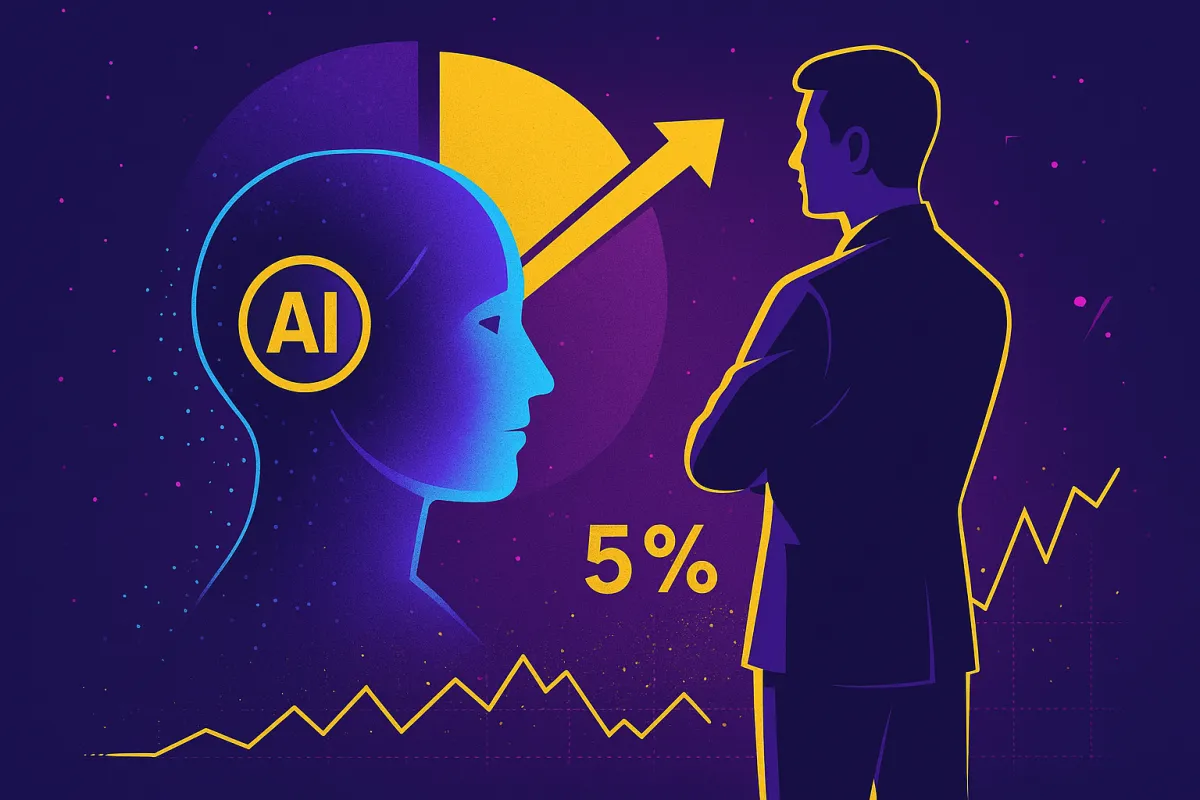
Section 3: CEPs – The Key to Building Mental Availability
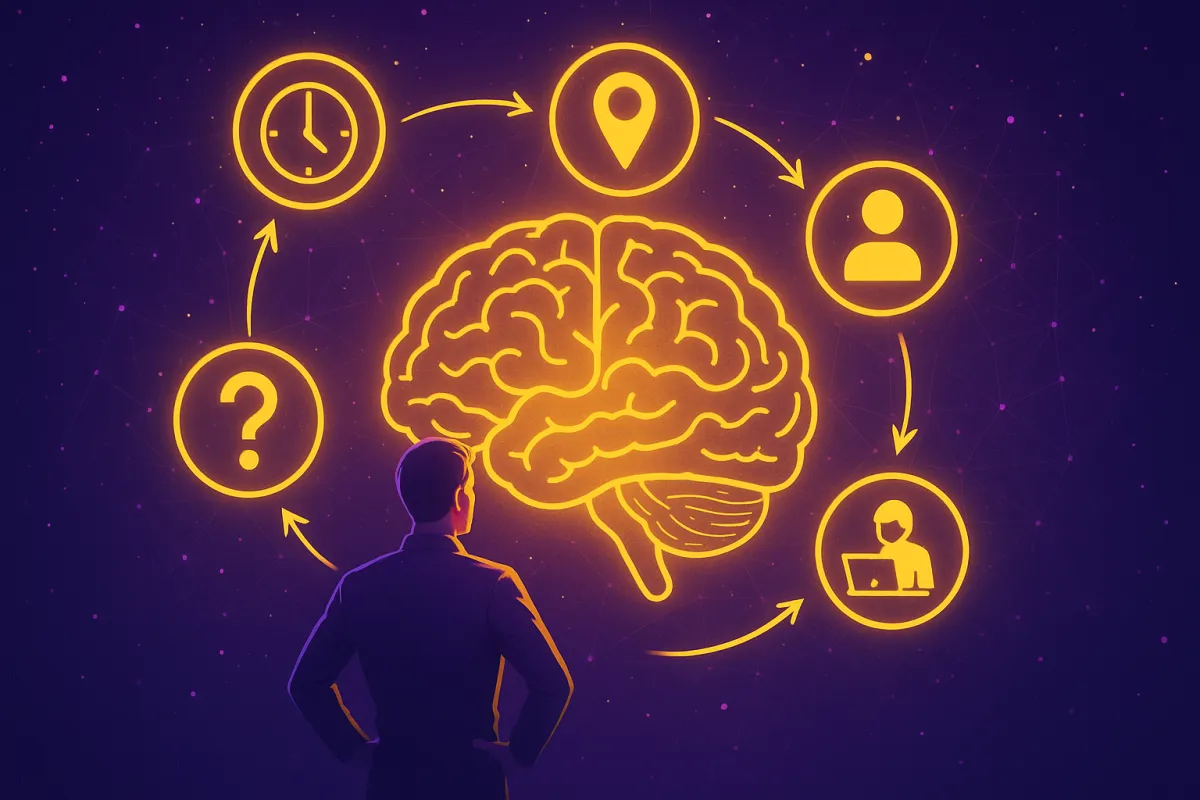
3.1 What Are Category Entry Points (CEPs)?
CEPs are the cues that trigger a buyer to think about a category. These include:
When (e.g., "when I need 24/7 support")
Where (e.g., "while working remotely")
Why (e.g., "to respond to missed calls after hours")
With/Instead of What (e.g., "instead of hiring a receptionist")
“The more CEPs a buyer links to your brand, the more likely you are to be bought” [4].
3.2 Scientific Findings
Brands with more CEP associations have significantly lower defection rates.
Each additional CEP linked to a brand reduces the probability of customer churn by ~5% on average [4].
CEP linkage also increases likelihood of being chosen at the next buying opportunity, not just retained.
Section 4: Applying the Science – Max Digital Edge’s Strategy
MDE builds Mental and Physical Availability using the laws outlined above. Their full-stack digital marketing system aligns with the acquisition-first growth model. Here's how:
4.1 Internet Marketing Services for Mental Availability
Broad-reach campaigns using SEO, paid ads, and content marketing.
Messaging aligned to multiple CEPs (e.g., “Need leads while you sleep? Use AI answering.”)
Asset repetition (distinctive taglines, logos, colors) to improve salience and recognition.
4.2 Telephone Answering Services for Physical Availability
24/7 AI-enabled or live answering to remove friction in the buyer journey.
Ensures the brand is always available at moments of interest or intent.
Increases conversion of hard-earned attention into actual leads.
4.3 Category Entry Point Execution Plan
MDE helps clients:
Identify relevant CEPs using interviews and buyer journey analysis.
Prioritize high-frequency CEPs for early campaign messaging.
Build branded content and ads to attach the brand to specific CEPs.
Measure CEP linkage over time using surveys and search data.
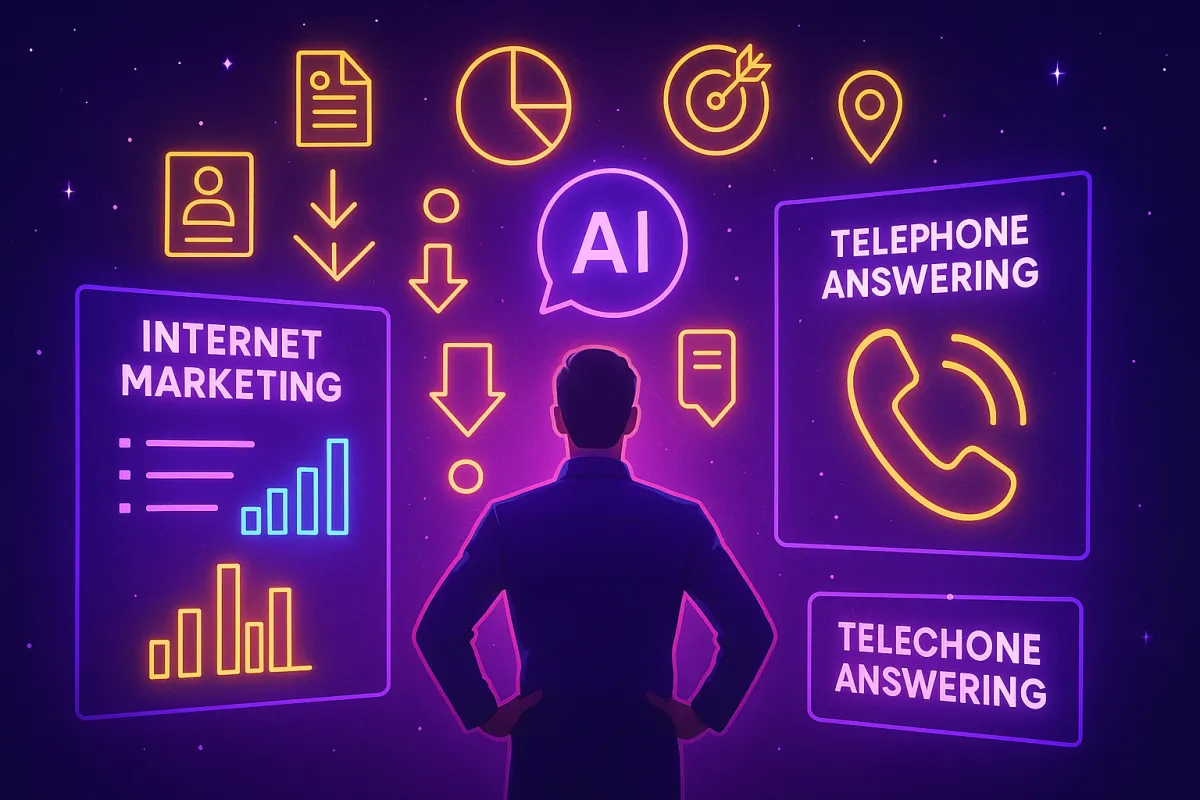
Section 5: Scientific Growth Principles MDE Follows
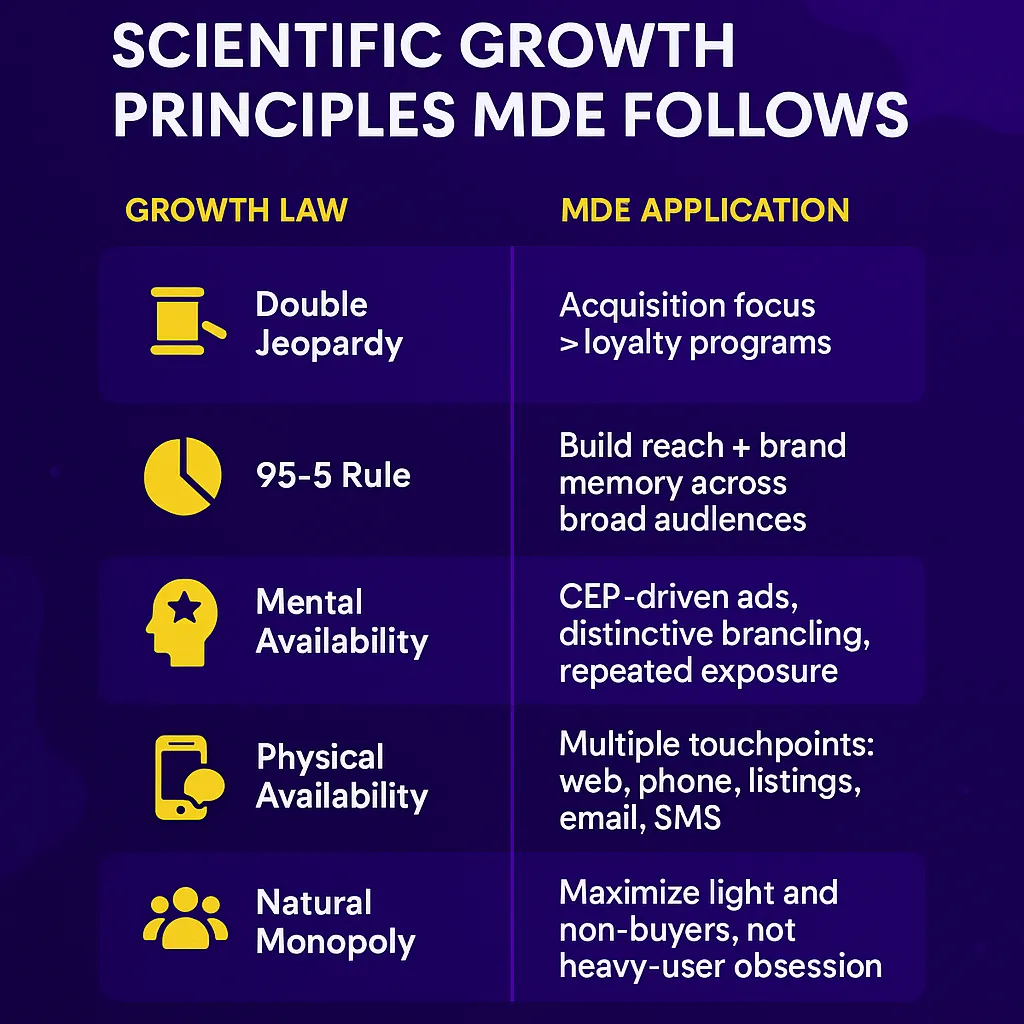
Final Thoughts: A Call to Evidence-Based Marketing
Marketing success is not magic — it’s mathematics. Brands that want to grow in B2B must break away from myths and instead follow what the data shows:
Penetration drives growth.
Most buyers aren’t buying now.
Fame beats loyalty.
Max Digital Edge offers scientifically aligned internet marketing services and telephone answering services that grow your brand by reaching more buyers, more often, across more occasions.
Stop chasing loyalty. Start building availability.
Contact MDE today to implement a growth strategy rooted in the most robust laws of modern marketing science.
Works cited
[1] "The Double Jeopardy Law in B2B shows the way to grow" – Ehrenberg-Bass Institute (2020).
[2] Sharp, B. (2010). How Brands Grow: What Marketers Don’t Know. Oxford University Press.
[3] Dawes, J. (2020). "Advertising Effectiveness and the 95-5 Rule: Most B2B Buyers Are Not in the Market Right Now." Ehrenberg-Bass Institute.
[4] Romaniuk, J. (2022). Category Entry Points in a Business-to-Business (B2B) World. Ehrenberg-Bass Institute.
Address
Phone: 725-240-6870
Email : [email protected]
Address : 6440 Sky Pointe Dr. #140-341 Las Vegas, NV 89131
Artificial Intelligence
Marketing & Branding
Marketing & Branding
©2025 Max Digital Edge | All Rights Reserved
